We have all seen groups of friends or family members in seemingly intimate settings only to realize the only engagement happening is between each individual and his or her personal electronic device.
During an artist residency, Eric Pickersgill noticed an entire family seated together in a café in Troy, New York; all of them were on personal devices. The scene resonated with him when he returned home and had a similar experience with his wife. An idea was hatched: For most of 2014 into early 2015, Pickersgill re-created similar scenarios, of people socializing, driving cars, working or relaxing, he would then photograph with his view camera. As a twist, he asked his subjects to maintain a posture as if they were holding onto a personal device.
“The impulse was to look at human bodies next to one another and what was that posture and that language, of isolation, while physically touching someone else,” he said. “I was making observations about my life. I’m a photographer who has to make work because that’s how I identify, and that was the thing that was in front of me the most; I couldn’t get away from it, and the project came about from those life experiences.”
In early 2015, apart from showing the work around at a few small shows and festivals, Pickersgill put the work away. And then a friend, who worked for Business Insider, told Pickersgill that his producer was interested in running the work, titled “Removed,” on Tech Insider. Three days later, he was interviewed on CNN. He still sees hundreds of visitors to his website each day; before the work went viral he was lucky to see 100 a month. “Removed” will be shown at Rick Wester Fine Art in New York from March 24 through May 21.
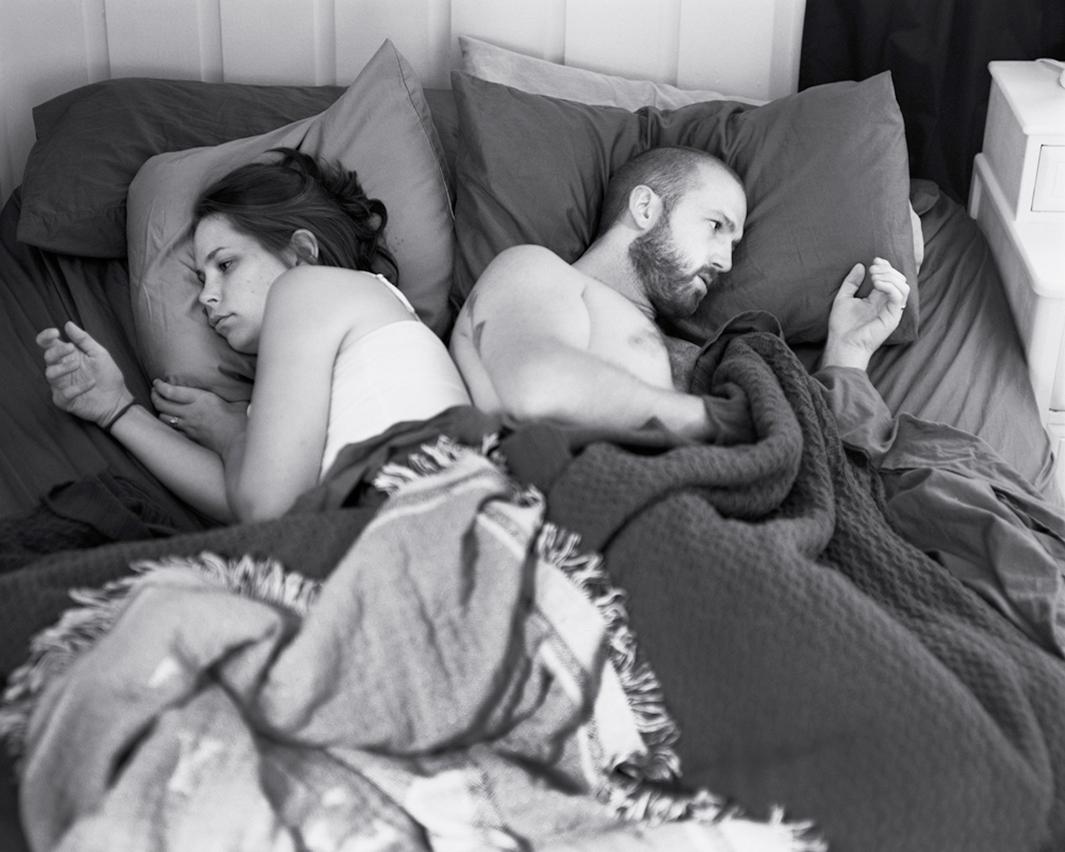
Angie and Me, 2014.
Eric Pickersgill
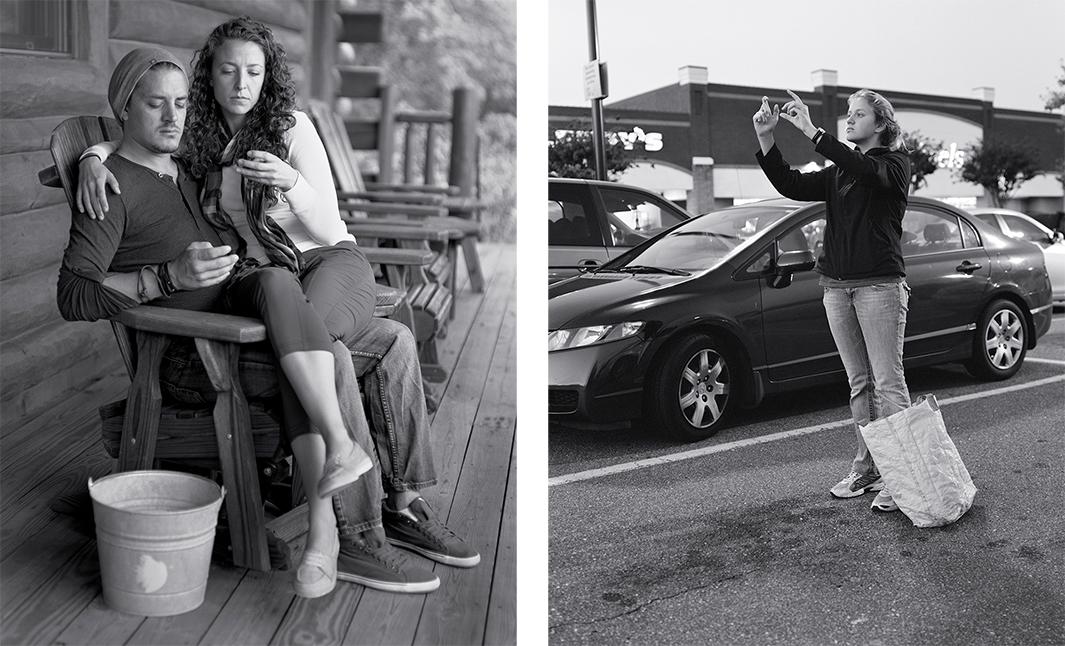
Eric Pickersgill

Head On, 2014.
Eric Pickersgill
Although the work began as a study of the relationship between bodies and technology, Pickersgill said it taps into the current zeitgeist, not only our addiction to these devices but also about the conversation about the effects they have on us both physically and psychologically. Strangers who have seen the work have told Pickersgill that they were moved by the photographs because they were close to people who had been involved in car accidents related to texting and driving.
“I started on one genre of behavioral device use … and then all of these societal things started happening on top of it because of people’s experiences and it just allowed the project to keep growing,” he said.
The only Photoshop work is done for tonality, Pickersgill said, adding that he doesn’t remove the devices from the work but instead he asks his subjects to act out a position of holding them. He began working primarily with friends and family in and around their homes, but as the project grew, he worked with strangers to create a look that is seemingly one of street photography.
“I like the idea of the project allowing me to break through that device barrier people are putting up in public and saying hey, I want to interact with you and it’s about that thing you’re doing.”
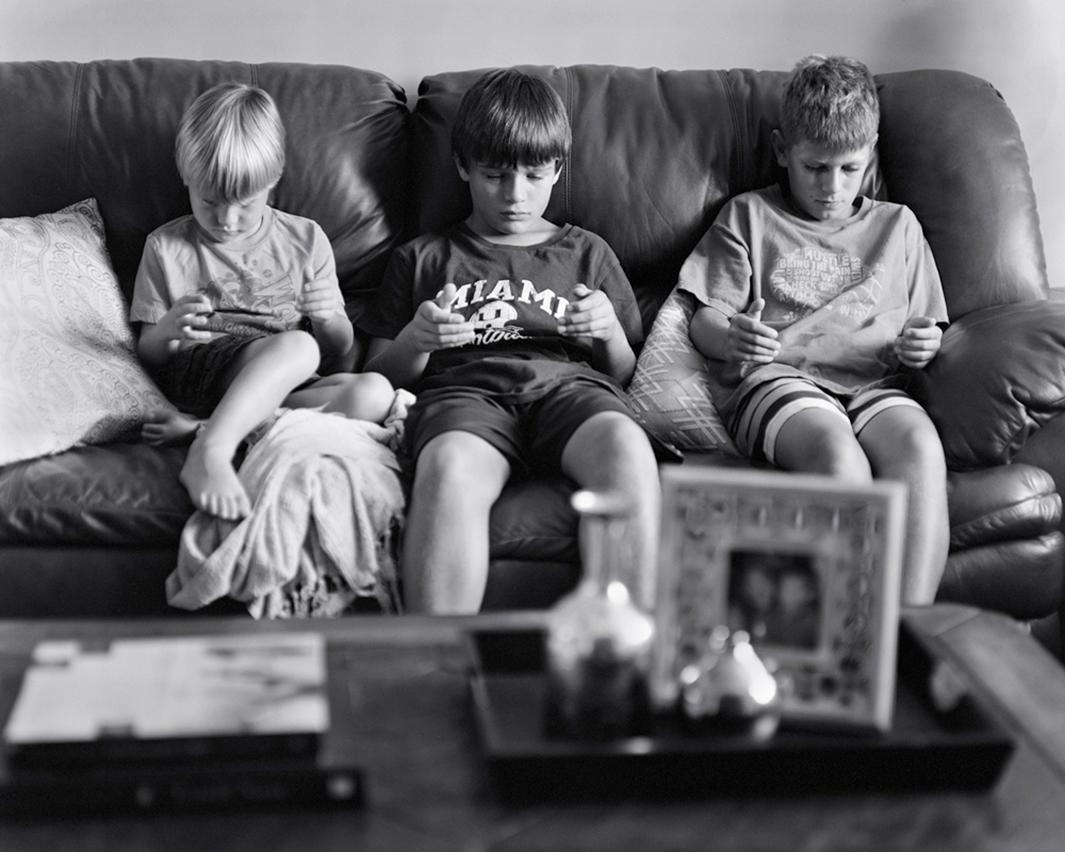
Grant, 2014.
Eric Pickersgill
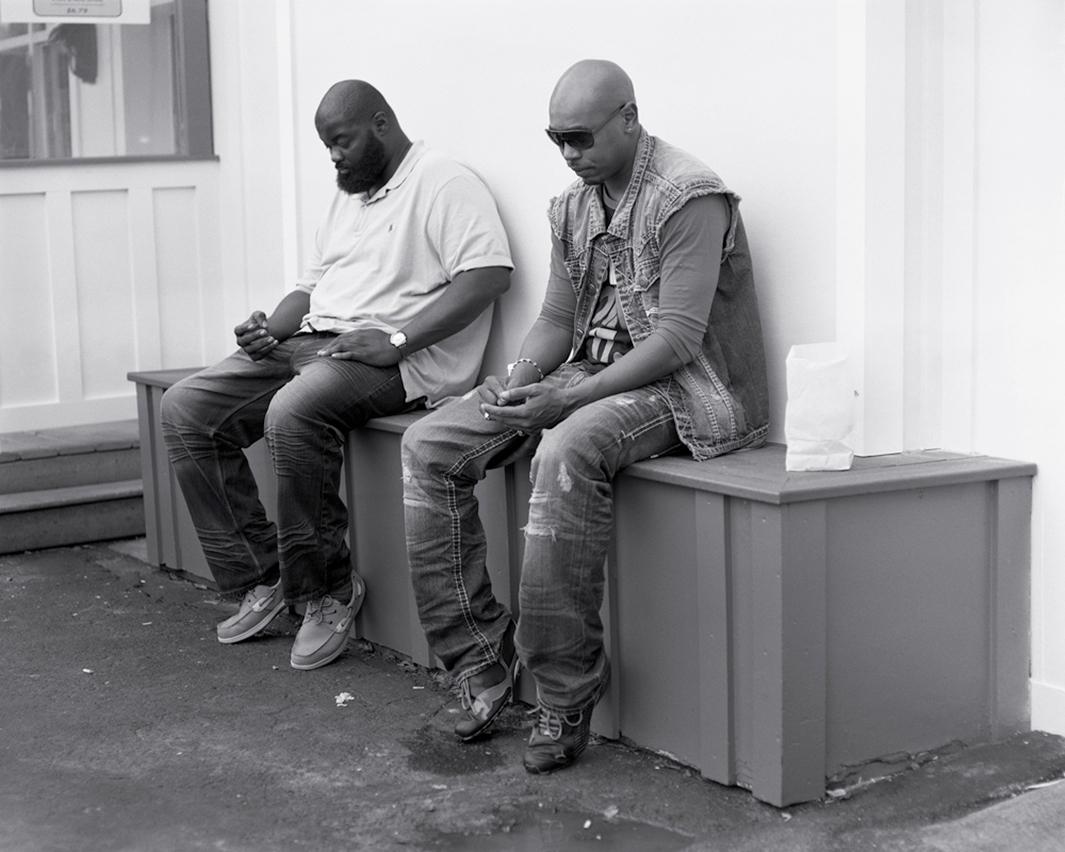
Eric Pickersgill
When he started working on “Removed,” Pickersgill made a conscious effort to keep his own device use to a minimum; having his work turn viral disrupted that, as he found himself communicating with various editors from around the world.
“All the sudden I was in front of my computer and phone all day becoming completely addicted,” he said.
Pickersgill and his wife implemented new rules into their household including keeping their devices out of their bedroom and starting the day by holding one another instead of waking up and reaching for the phone.
“We’re at this critical time,” he said. “It won’t be long before people don’t know how to see the world or they won’t understand how to see the world the way we do which happens time and time again. Art is good at creating these little page holders that say here is what it was like back then.”
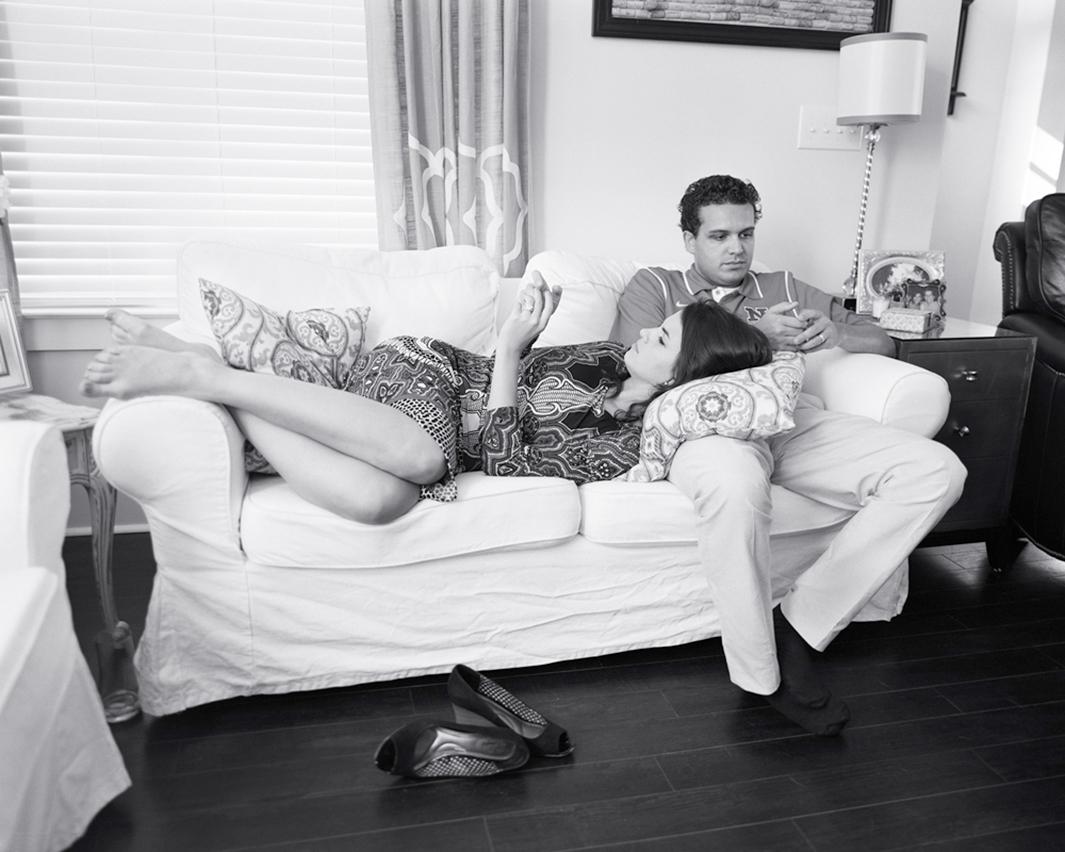
Courtlyn and Sarah, 2014.
Eric Pickersgill
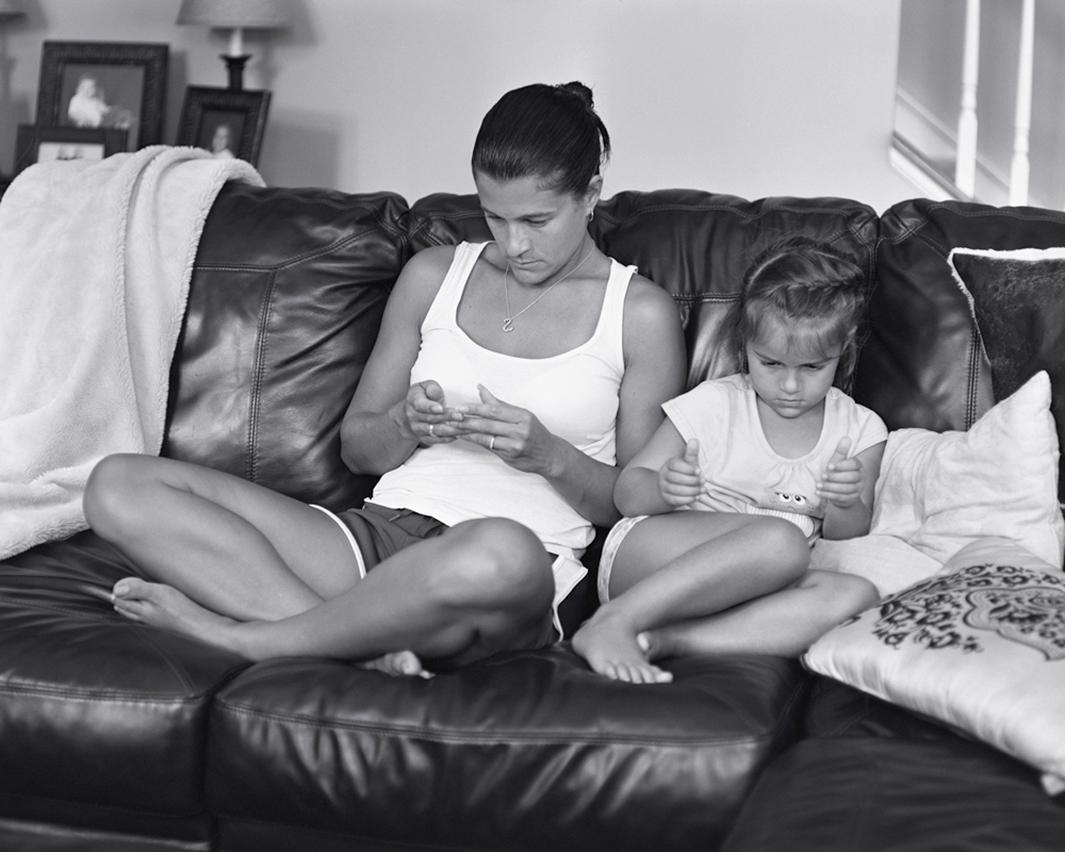
Tanya and Addison, 2014.
Eric Pickersgill
